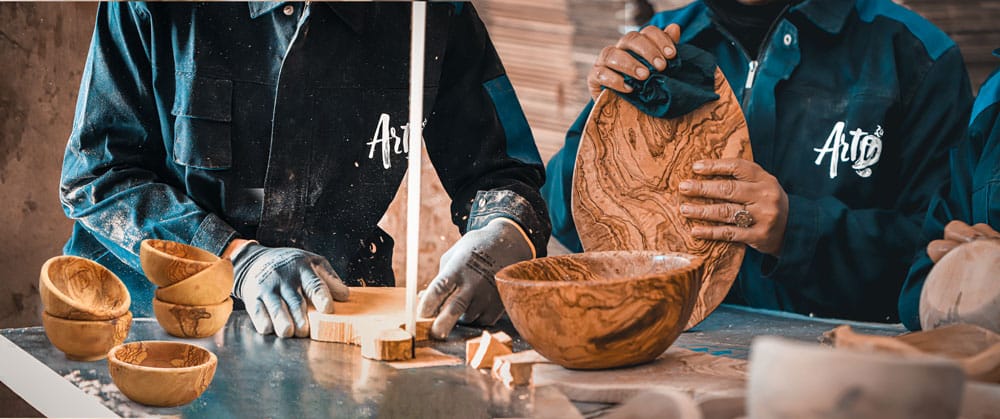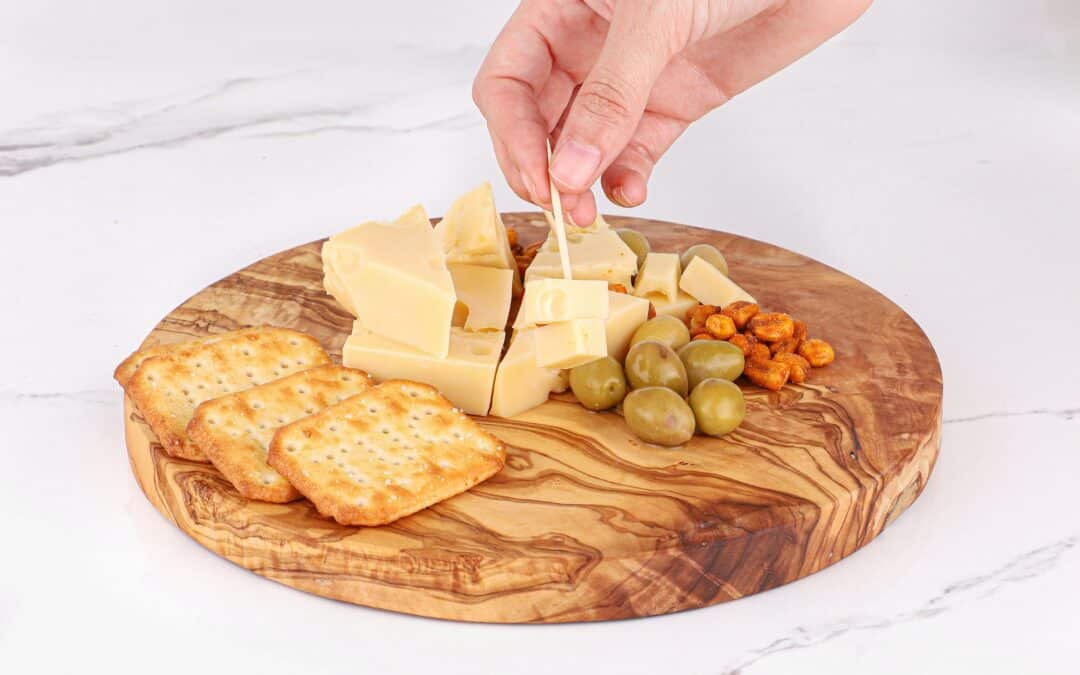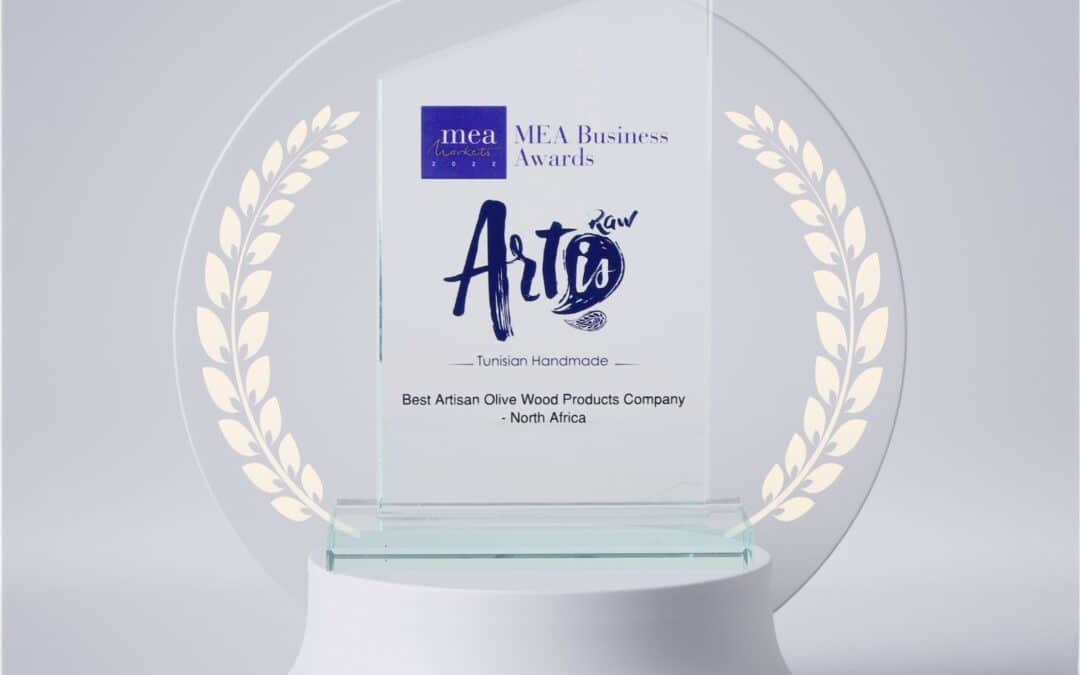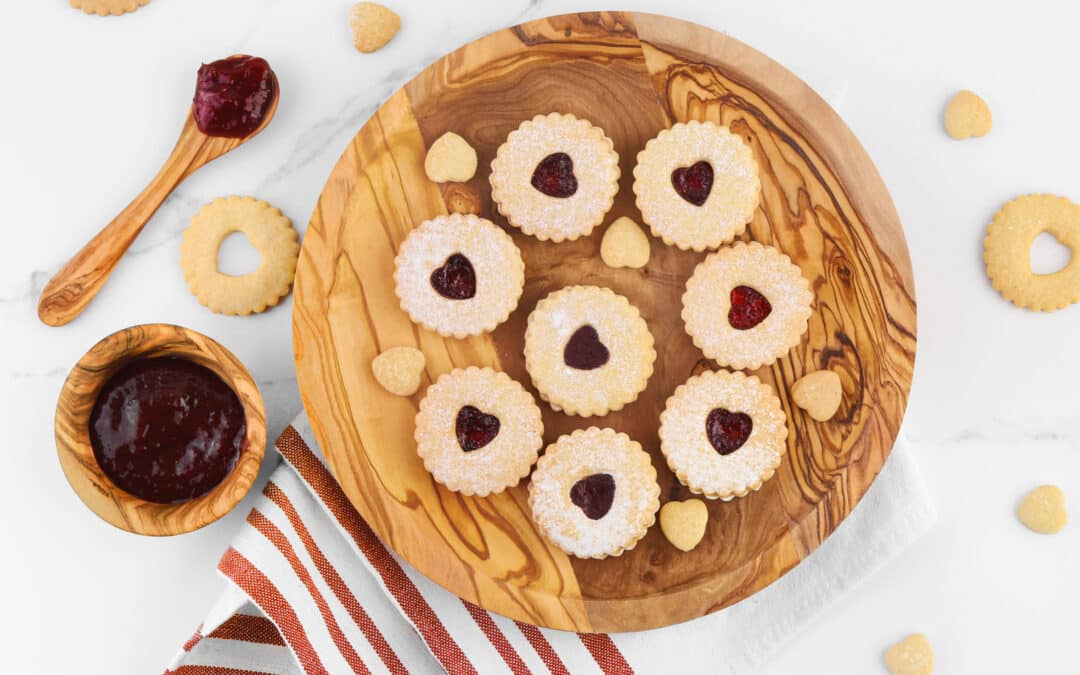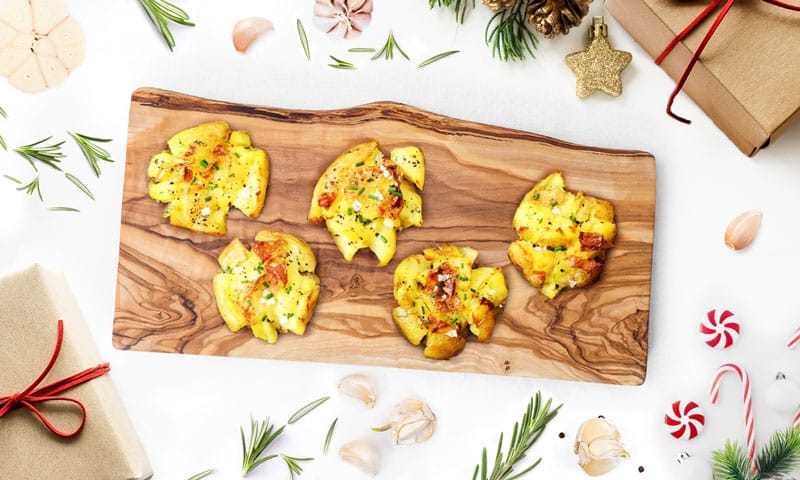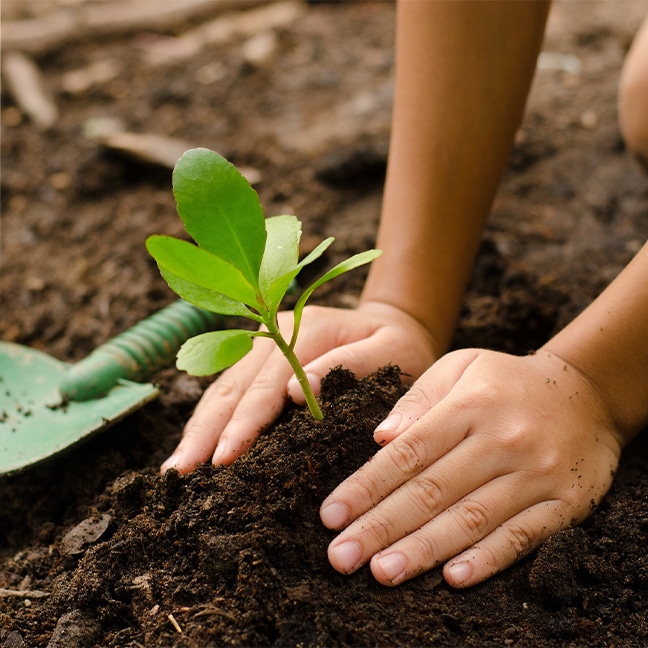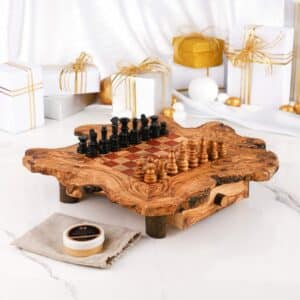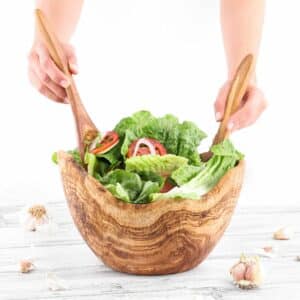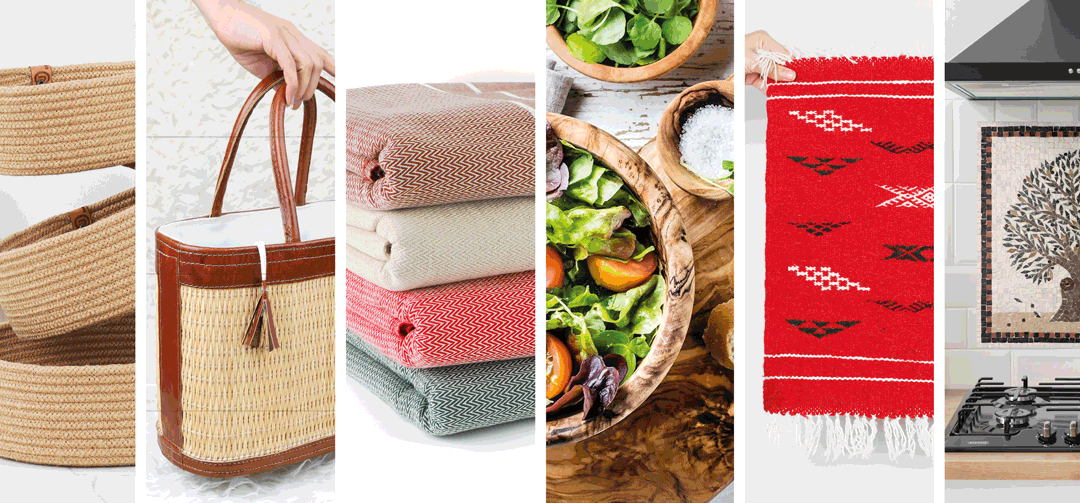
ArtisRaw’s Journey of Transforming Raw Materials into Artisanal Masterpieces

The very first stones of ArtisRaw were built upon quality, sustainability, and the traditional craftsmanship of Tunisia. Our vision trespassed the mere creation of a company, – we opted at creating a platform that showcases the beautiful synergy between national heritage, artistic talent and natural materials.
At ArtisRaw, we’re not only manufacturers, but also storytellers. Our products, handcrafted from raw materials sourced directly from our home country, tell stories of ancient skill and wisdom inherited through generations. The main actors in our narratives are olive wood, organic cotton, palm leaves, cotton rope, pure pottery, natural wool, and high-quality mosaic. Each transferring its unique charm and adding its own character to our artwork.
Our team gathers passionate artisans and designers who have devoted themselves to preserving and enhancing this heritage. They are using and developing their refined skillset to create high-quality and beautiful artworks that combines cultural depth with the contemporary touch.
We have chosen these materials following our commitment to eco-friendly practices and our engagement into promoting sustainable growth. By focusing on raw, natural resources, we ensure minimal environmental impact and contribute to a greener future.
Our olive wood is responsibly sourced from local farms. It breathes life into beautifully textured and durable products. Organic cotton and natural wool are carefully handpicked and processed. Palm leaves, cotton rope, and mosaic are woven and placed with precision, resulting in products that carry a piece of Tunisia with them.
Pure pottery, another key material, showcases the traditional pottery skills of our artisans. Each piece, molded and painted by hand, is a testament to their patience and attention to details.
We strongly believe in the symbiotic relationship between nature and humans, a belief that is reflected in our business model and products. By integrating sustainability into our production process, we’re taking steps towards a balanced ecosystem and a more conscientious consumer culture.
At ArtisRaw, we offer more than just products. We offer a slice of history and culture, wrapped in the contemporary touch, packaged with care, and delivered with love to your doorstep. Join us on our journey as we continue to celebrate organic and natural raw materials and skilled hands, shaping a sustainable future and an eco-friendly living system.
Stay tuned for our next blog post where we’ll be taking a deep dive into the journey of each raw material from its natural state to the final art piece. Learn how each resource is transformed under the hands of our artisans, all in the service of creating sustainable and meaningful art.

